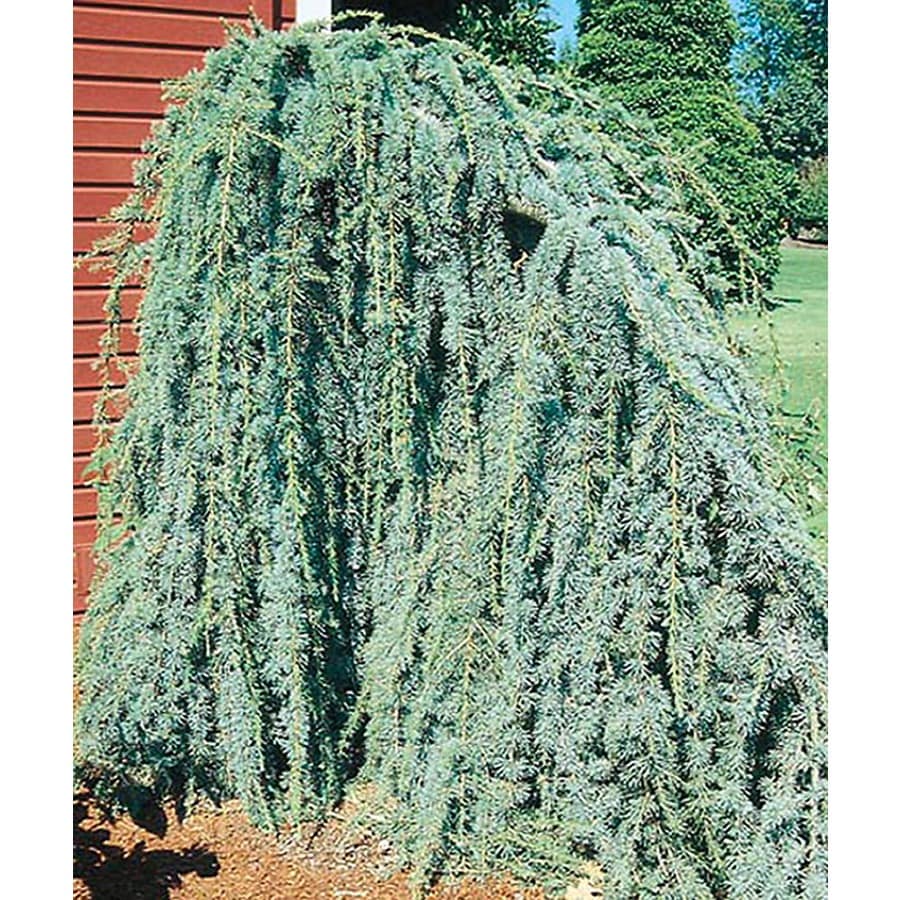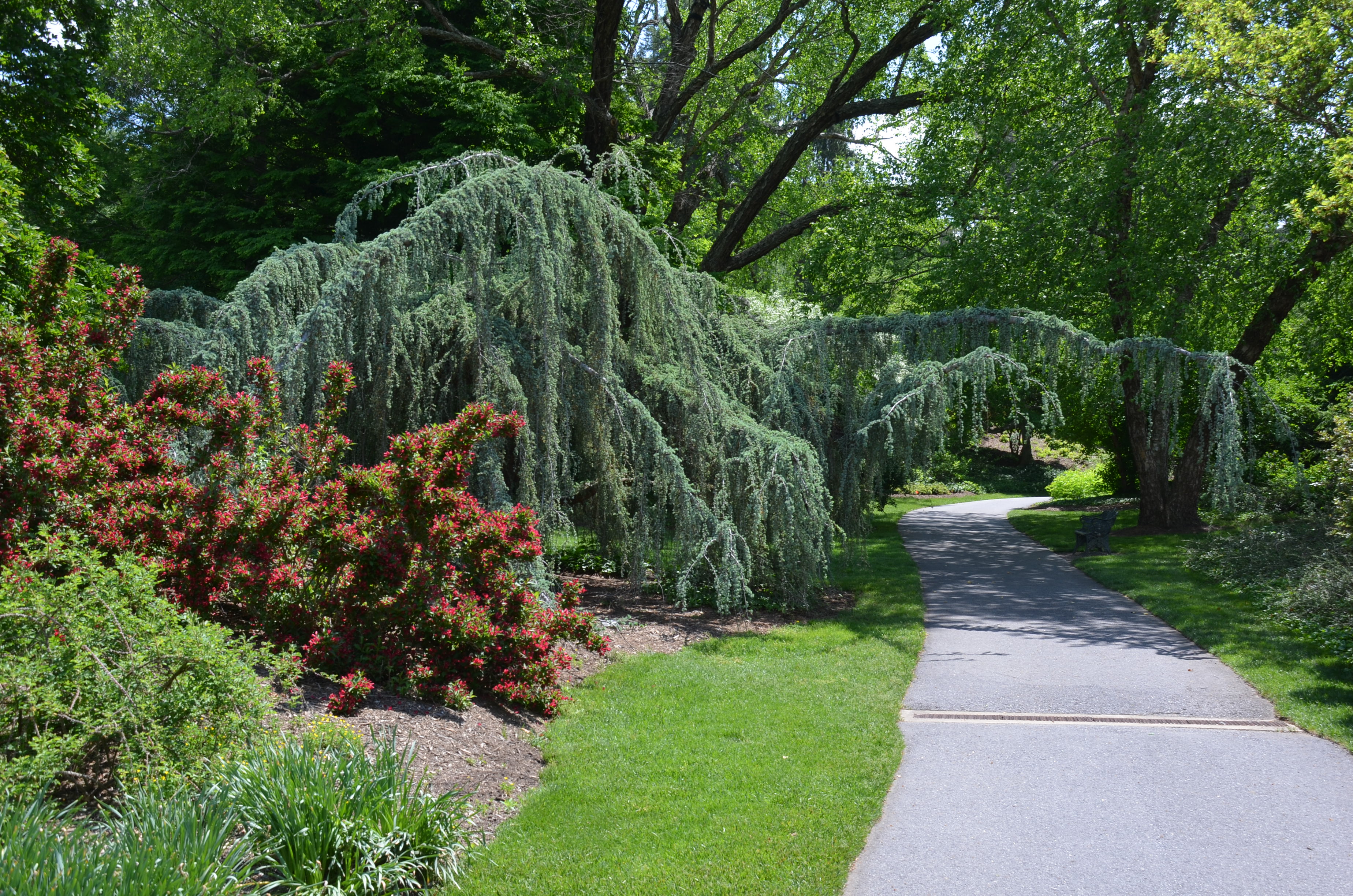
Feed weeping blue Atlas cedars in early spring with a balanced fertilizer. The Weeping Blue Atlas Cedars slender branches will certainly be a talking point for visitors people often comment that it has a ghostly or ethereal feel to.
Weeping blue atlas cedar full#
For best results, try planting in full sun in well-draining, loamy soil. You’ll have to stake and train weeping Blue Atlas cedar trees from the time you plant them to create the form you have selected. Think through how you want to train the tree before you plant it. The trees only require abundant irrigation the first year, and are drought tolerant when mature.

If you take care when planting, caring for a weeping Blue Atlas cedar should not be too difficult. Weeping Blue Atlas Cedar will grow to be about 15 feet tall at maturity, with a spread of 30 feet. Rather than staking the branches to create a shape, you can allow them to mound and spread. Planting & Growing click to expand contents.

Consider planting weeping Blue Atlas cedars in a rock garden. This cultivar is likely to grow about 10 feet (3 m.) high and twice as wide, depending on how you decide to train it. Planting a weeping Blue Atlas cedar, with its drooping, twisted branches, gives you an unusual and spectacular specimen tree. While weeping Blue Atlas cedars have the same powdery blue-green needles as upright Blue Atlas, the branches on the weeping cultivars droop unless you tie them up on stakes. Nurseries create weeping Blue Atlas cedar trees by grafting the ‘Glauca Pendula’ cultivar onto the Cedrus atlantica species rootstock. The weeping version, ‘Glauca Pendula,’ can be trained to grow like a vast umbrella of tree limbs. Blue Atlas (Cedrus atlantica ‘Glauca’) is among the most popular cedar cultivars in this country, with its beautiful powdery blue needles. However without first removing the dead tips, which serve as a source of innoculum, applying the fungicide will be limited impact.The Atlas cedar (Cedrus atlantica) is a true cedar that takes its name from the Atlas Mountains of Northern Africa, its native range. Homeonwers have access to the fungicide chlorothalonil which can be applied in the spring as new growth is starting, to help protect it.

Keep this species growing well by giving it a good planting site, and some deep watering once per month during the dry summer months. Sirococcus Tip Blight can be a problem on the tips of this conifer. Be sure to plant this conifer in full sun conditions. It was first originated in Chatenay, France before 1900, and now has become a commonly planted tree in Hardiness Zones 7-8.īest grown on well-drained acidic soils where it is protected from strong winds. Without support, this same leader will tend to cascade downward. With proper support, the central leader will grow in an upward direction. Its height and form can be controlled by training its central leader.

It grows very slowly to an eventual width of 15’-20’, after having first been staked up and then allowed to flow downward like a stream over a waterfall. It has drooping, vertical branches with beautiful steel-blue needles and no well-defined central leader. Weeping Blue Atlas cedar is a slow growing evergreen with icy-blue needles borne on a horizontal stem off of pendant branches. Description This weeping conifer is grown for its dramatic, drooping form which makes this a wonderful accent plant for any landscape.


 0 kommentar(er)
0 kommentar(er)
